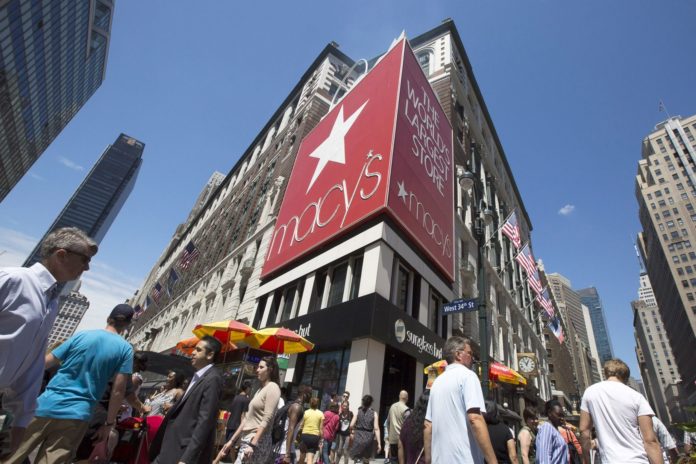NEW YORK (AP) — The National Retail Federation, the nation’s largest retail trade group, forecasts that holiday sales will rise between 3.8% and 4.2% even as uncertainty looms over an escalating trade war with China.
The holiday sales forecast, announced Thursday, marks an increase from the disappointing 2.9% growth seen in the November and December 2018 period. Last year’s holiday sales were hurt by turmoil over President Donald Trump’s trade policy with China and a delay in data collection because of a government shutdown. The holiday forecast is above the average holiday sales growth of 3.7% over the previous five years.
The forecast comes as the economy and the job market are still strong. But President Trump’s trade war with China could derail economic growth. In fact, U.S. factory activity shrunk for the second straight month in September and reached a 10-year low, renewing fears of a recession and triggering a broad stock market drop.
Analysts are also seeing that the gap between the retail winners and losers is widening. Discount stores likes Walmart and Target as well as off-price stores such as T.J. Maxx are responding faster to shoppers’ increased shift online with expanded deliveries and better discounts. But many mall-based clothing chains and department stores continue to suffer weak sales as they struggle to lure shoppers.
Given this environment, a string of retailers like Forever 21, Barneys New York and Diesel USA have filed for bankruptcy protection so far this year as they battle online competitors like Amazon. Others like Payless ShoeSource and Charlotte Russe have shut down completely.
The numbers bear out the crisis facing traditional retailers. So far this year, U.S. retailers have announced they will close 8,567 store closures and open 3,506 stores, according to the global research firm Coresight Research. That compares with 5,844 closures and 3,258 openings in all of 2018.
Coresight estimates the store closures could number 12,000 by the end of 2019.
The numbers don’t tell the whole story. The reality is the wave of store closures seen in recent times is being driven by a handful of companies, according to IHL, a global research firm. Just 16 retailers are responsible for 73% of retail store closings so far this year, IHL says. For every retailer closing stores, five retailers are opening stores, according to its measure.
The NRF forecast, which considers economic indicators such as consumer credit, disposable personal income and monthly retail sales, excludes sales from autos, gas, and restaurants but includes online spending and other non-store sales like those from catalogs. The forecasts are in line with those of several other firms. Holiday retail sales are expected to rise 4.5 % to 5% according to Deloitte. Another forecast by AlixPartners predicts growth of 4.4% to 5.3%.






